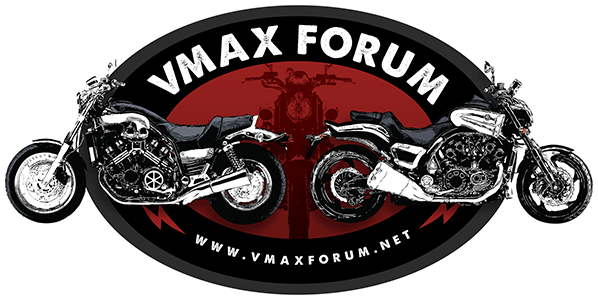As 'traumahawk' said, you have to have the two holes in the master cyl open and unplugged. The one closest to the banjo bolt for the hose is a small dia hole and you can use a pin to probe it open. Whe I reverse-bleed mine, I get air coming from both the holes. When most of the air is expelled, the small master cyl hole begins producing a steady stream of tiny 'fizzies,' small bubbles which seem to indicate most of the air is removed. When it stops having those 'fizzie' bubbles, you should be able to fan the clutch lever a few times and have a normal-feeling lever.
As I posted, I have had interally-collapsing brake or other hydraulic hoses which until I decided that was it, had me scratching my head. I've replaced them on cars, trucks, and bikes, usually older vehicles, as the hoses are normally quite-robust, and last a long time unless they are pinched or damaged.















![Aomiker Motorcycle Phone Holder Mount - [Metal Extension Arm] [Dual Vibration Dampener] Motorcycle Cell Phone Mount, Bike Phone Handlebar Clamp for iPhone 16 15 14 13 Pro Max Plus, 4.7-6.7" Smartphone](https://m.media-amazon.com/images/I/51gU2g5VxgL._SL500_.jpg)









![Bovemanx Motorcycle Phone Mount Holder, [150mph Wind Anti-Shake][7.2inch Big Phone Friendly] Bike Phone Holder, Motorcycle Handlebar Cell Phone Clamp, Compatible with iPhone 16 Pro Max Smartphones](https://m.media-amazon.com/images/I/51F+1sontPL._SL500_.jpg)
















